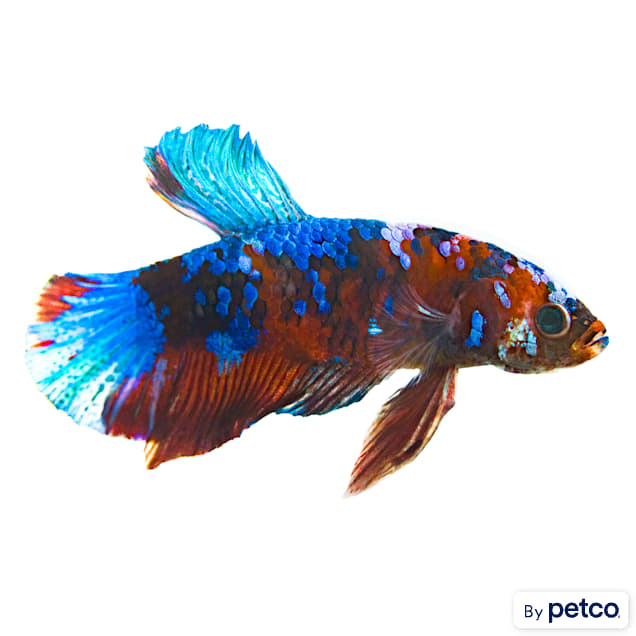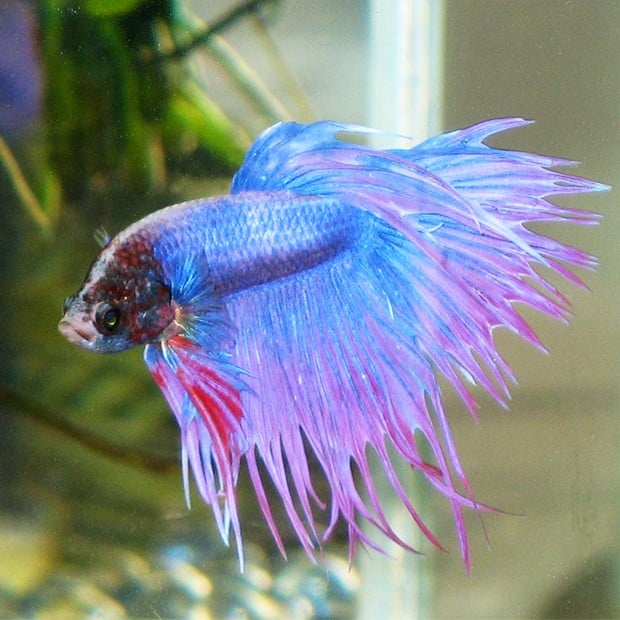The Ultimate Betta Fish Care Guide for New Animal Owners
The Ultimate Betta Fish Care Guide for New Animal Owners
Blog Article
All Regarding Betta Fish: Understanding Their One-of-a-kind Needs, Actions, and the very best Practices for Optimum Care
Understanding the one-of-a-kind demands and behaviors of Betta fish is vital for any kind of aquarist looking to give optimal care. betta fish. As we explore these elements additionally, the effects for both amateur and experienced fish keepers become increasingly evident, raising questions about how best to accommodate these amazing fish in our homes.
Betta Fish Summary
Although typically admired for their dynamic colors and flowing fins, Betta fish, clinically called Betta splendens, are complicated creatures that require specific like grow. Stemming from Southeast Asia, these freshwater fish are known for their territorial nature and unique behaviors. Betta fish display sexual dimorphism, with men displaying extra vivid shades and longer fins than ladies.
Their aggressive propensities, particularly amongst men, require careful factor to consider when housing them. Bettas are frequently maintained in single-specimen containers to protect against territorial conflicts. They can exist side-by-side quietly with certain suitable species in bigger neighborhood containers, supplied the environment satisfies their needs.

To make sure optimum treatment, aquarists must understand their distinct behavioral qualities, nutritional demands, and environment needs. betta fish. With proper attention, Betta fish can exhibit their vibrant characters and prosper in a well-maintained aquarium setting
All-natural Environment and Environment
Betta fish grow in a varied series of all-natural habitats, mainly found in the superficial waters of Southeast Asia, consisting of rice paddies, swamps, and slow-moving streams. These atmospheres are defined by warm temperature levels, usually between 75 ° F and 82 ° F(24 ° C and 28 ° C ), and a pH level varying from 6.5 to 7.5, which is suitable for their health and wellness and well-being.
In their natural environments, Betta fish are accustomed to dense vegetation, giving both shelter and breeding premises. The existence of plants such as floating water lilies and thick lawns not only offers defense from killers but additionally adds to the oxygenation of the water, which is crucial for their breathing needs. In addition, these atmospheres often have locations of still water, allowing Betta fish to show their natural actions such as bubble nesting.
Comprehending the natural environment of Betta fish is essential for fish tank enthusiasts. Reproducing these conditions-- via water temperature, pH equilibrium, and the addition of real-time plants-- can dramatically improve the total health and long life of these fascinating fish, guaranteeing they flourish in a home fish tank setting.
Social Habits and Communications
Recognizing the social behavior and communications of Betta fish is vital for effective aquarium administration. Betta fish, or Siamese combating fish, are understood for their one-of-a-kind behavioral attributes, defined primarily by territoriality and hostility. Men, particularly, show very aggressive behaviors in the direction of one another, resulting in the notorious track record of Betta fish as boxers. In a constrained room, 2 men can involve in violent confrontations, typically resulting in injury or fatality.
Alternatively, women Bettas show much less hostile habits and can exist together in teams, called sororities, if presented appropriately. It is important to monitor their interactions closely, as hierarchy and prominence can lead to problems. Comprehending the dynamics within a Betta community is vital; establishing concealing places and making certain enough area can reduce aggression.
Furthermore, Betta fish might likewise show curiosity and social actions in the direction of other species. While they can exist side-by-side with particular non-aggressive storage tank mates, it is necessary to pick compatible species to stay clear of stress and anxiety and hostility. Overall, identifying these social interactions is key to cultivating a harmonious fish tank atmosphere for Betta fish.
Vital Care Standards
Offering correct take care of Betta fish is essential to their wellness and well-being. To make certain a successful environment, it is necessary to preserve optimal water problems. The water temperature must be maintained between 76 ° F and 82 ° F(24 ° C to 28 ° C), while pH degrees ought to vary from 6.5 to 7.5. Regular water modifications-- approximately 25% weekly-- assistance preserve water quality.
Betta fish need an read this ideal tank size; a minimum of 5 gallons is advised to provide sufficient area for swimming and hiding. Consist of decorations and plants to produce a revitalizing setting, but prevent sharp things that can harm their delicate fins.

Last but not least, make sure the storage tank is furnished with a filter to maintain the water tidy, but utilize a gentle filter to stay clear of strong currents that can stress the fish. By complying with these necessary care standards, proprietors can promote a healthy and balanced and dynamic Betta fish.
Common Health And Wellness Issues and Solutions
In the care of Betta fish, awareness of usual health and wellness issues is crucial for keeping their wellness. One prevalent concern is fin rot, typically brought on by inadequate water high quality or bacterial infection. Signs and symptoms include torn or tarnished fins. To deal with fin rot, improve water problems and think about using a broad-spectrum antibiotic.
One more typical disorder is ich, a parasitic infection defined by white places on the fish's body (betta fish). Therapy involves raising water temperature and including fish tank salt to the storage tank, as this can help get rid of the bloodsucker
Swim bladder condition is additionally frequently observed, causing buoyancy problems. This condition might emerge from overfeeding or bowel irregularity. A fasting period of 24-48 hours, adhered to by a diet of blanched peas, can offer alleviation.
Lastly, bettas may experience velour disease, suggested by a gold dust-like look on their skin. Treatment commonly requires medicine especially made for external parasites, together with improved container health.
Normal surveillance of water parameters, maintaining a clean atmosphere, and supplying a well balanced diet regimen are essential safety nets. By addressing these health problems immediately, Betta fish can lead much healthier, extra vivid this lives.
Conclusion
In recap, effective betta fish care requires an understanding of their one-of-a-kind needs and actions. Normal surveillance of health and water quality, along with a balanced diet plan, adds to the longevity and vibrancy of betta fish.
Report this page